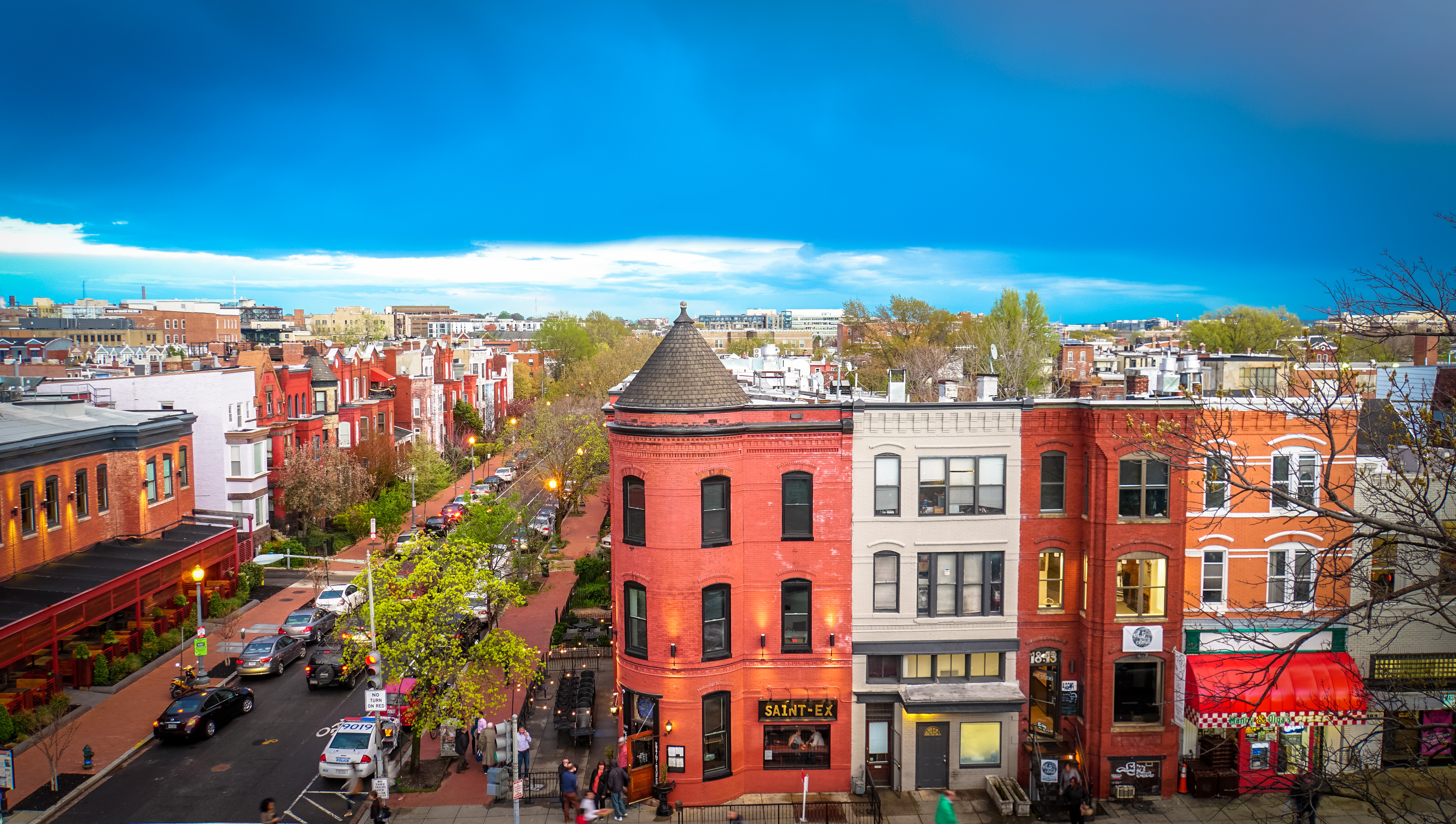On February 26, 2020, D.C. Policy Center Director of the Education Policy Initiative Chelsea Coffin testified before the D.C. State Board of Education at a public meeting. You can read her testimony below, and download it as a PDF.
Good evening, members of the State Board of Education. My name is Chelsea Coffin and I am the Director of the Education Policy Initiative at the D.C. Policy Center, an independent think tank focused on advancing policies for a growing and vibrant economy in D.C. I’m here to share findings from our recent reports, especially State of D.C. Schools 2018-19, that may inform education budget discussions. I’ll focus my testimony on four critical issues highlighted by our analyses: public school choice, long-standing gaps, diversity in schools, and difficulty addressing underlying issues.
First, D.C. has a high degree of public school choice. Among pre-kindergarten to grade 12 students, 71 percent attend a school other than their in-boundary school. Where there is a strong preference for in-boundary schools, schools tend to have a lower share of at-risk students. Among the 16 schools where at-risk students make up 10 percent or less of enrollment, the average boundary participation rate is 80 percent compared to 29 percent across the city.
This high degree of choice results in long waitlists for some schools and long travel times for some students. Waitlists tend to be longer at schools with higher STAR ratings. Schools with a rating of five have, on average, 214 students on their waitlists for their entry grades compared to 10 students at schools with a rating of 1. While most students remain in their own ward to attend school, 40 percent of them travel to a different ward. This share is highest, at or above 50 percent, in Wards 1, 5, and 7. High school students in Wards 7 and 8 travel the farthest to school at 3.3 miles, compared to 1.4 miles for all students.
Second, learning outcomes in the District are on the rise, but remain low especially for certain student groups. Citywide, learning outcomes have improved by 12 percentage points in English Language Arts (ELA) and 9 percentage points in Math on the PARCC state assessment since 2014-15. Even with this progress, learning outcomes are low: only 37 percent of students met or exceeded expectations in ELA and 31 percent met or exceeded expectations in Math.
Schools face the challenge of closing long-standing achievement gaps. Achievement gaps of at least 48 percentage points persist between the highest-scoring students (white students at 12 percent of the student population had the highest scores in 2018-19) and five other main subgroups. These gaps are especially large for students with disabilities (more than 70 percentage points) and at-risk students (more than 60 percentage points). Achievement gaps are generally narrowing in ELA with Latino students making the strongest progress (closing the gap by 10 percentage points in ELA since 2014-15). But gaps are widening in math.
Third, some schools are racially and ethnically segregated. At 102 out of 220 pre-kindergarten to grade 12 schools, at least 90 percent of students are Black compared to a student population that is 67 percent Black. And most of these schools are in Wards 7 and 8, which have the lowest shares of 4- and 5-STAR schools (19 percent and 11 percent compared to 37 percent citywide). At-risk students are more evenly distributed, with many schools falling within 50 to 70 percent of students who are at-risk compared to 45 percent of all students. However, 19 schools have a very low percentage of 10 percent or less students who are at-risk.
Fourth, progress has been elusive in the areas of chronic absenteeism, suspension rates, and graduation rates. Citywide, 29.4 percent of students were chronically absent in 2018-19, missing 10 percent or more of the school year, and this figure stayed mostly flat over last two years. Chronic absenteeism is especially high at 43.5 percent for at-risk students, and increased by almost one percentage point over last year. In addition, suspension rates remained at six percent in 2018-19 despite the first year of implementation of the Fair Access to School Act. At-risk and Black students are suspended at nine times the rate of white students, and students with disabilities are suspended at twice the rate of the city average. In-school suspension rates actually increased by one percentage point over the past year (or maybe more schools are reporting these instances). Finally, graduation rates have declined since reaching a high in 2016-17, and just over half of high school graduates continue to postsecondary within six months – the city doesn’t consistently track how many complete, although it has a target of 37 percent.
D.C. schools have made a lot of progress, but the work is far from complete. The D.C. Policy Center is taking deep dives into a series of topics through 2021, including chronic absenteeism, mental health supports in schools, priority for at-risk students in the common lottery, the gap between high school and college or career, the teacher pipeline, and exit from D.C.’s traditional public and public charter schools. We look forward to continued information sharing and collaboration with SBOE and other education stakeholders across the city.
